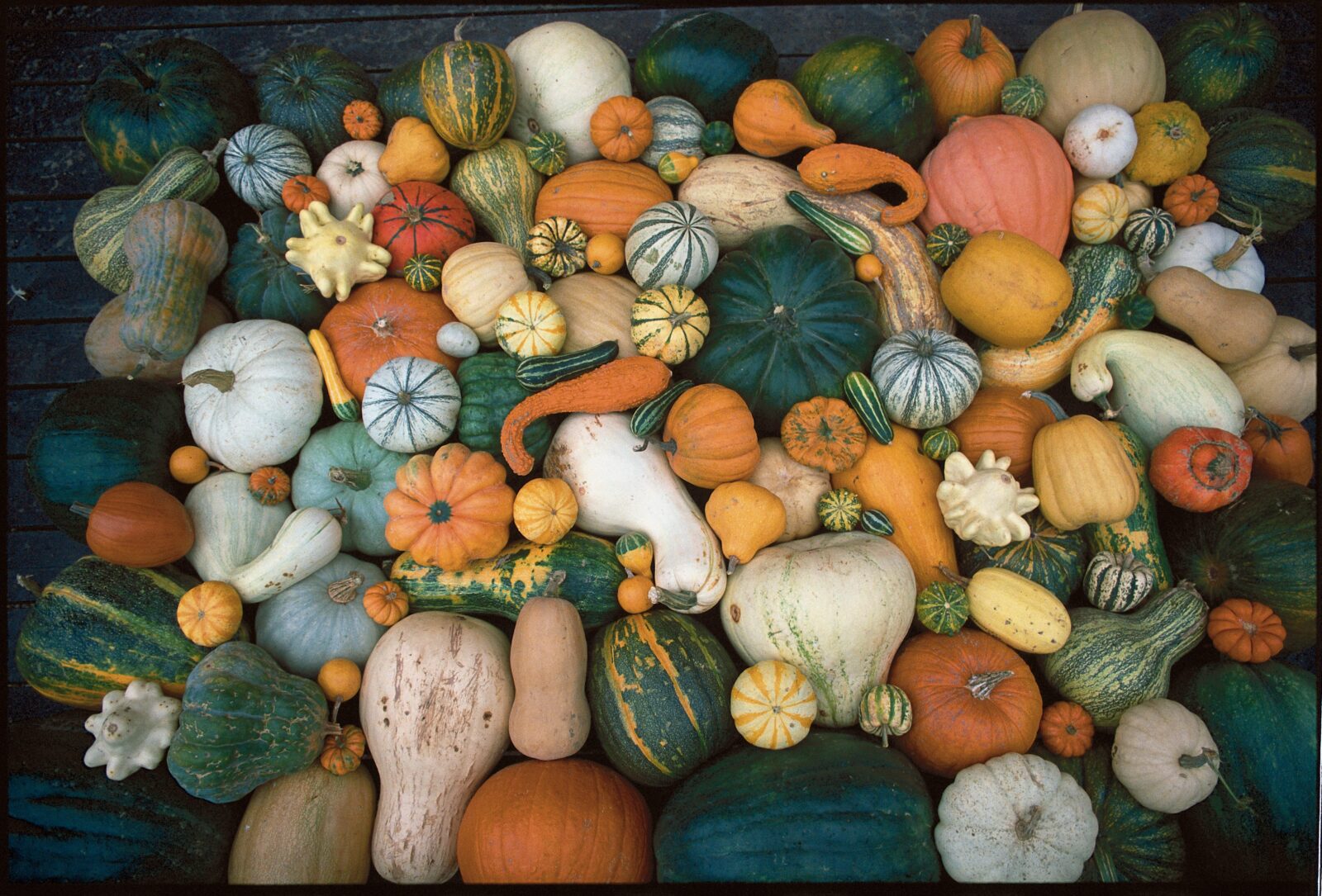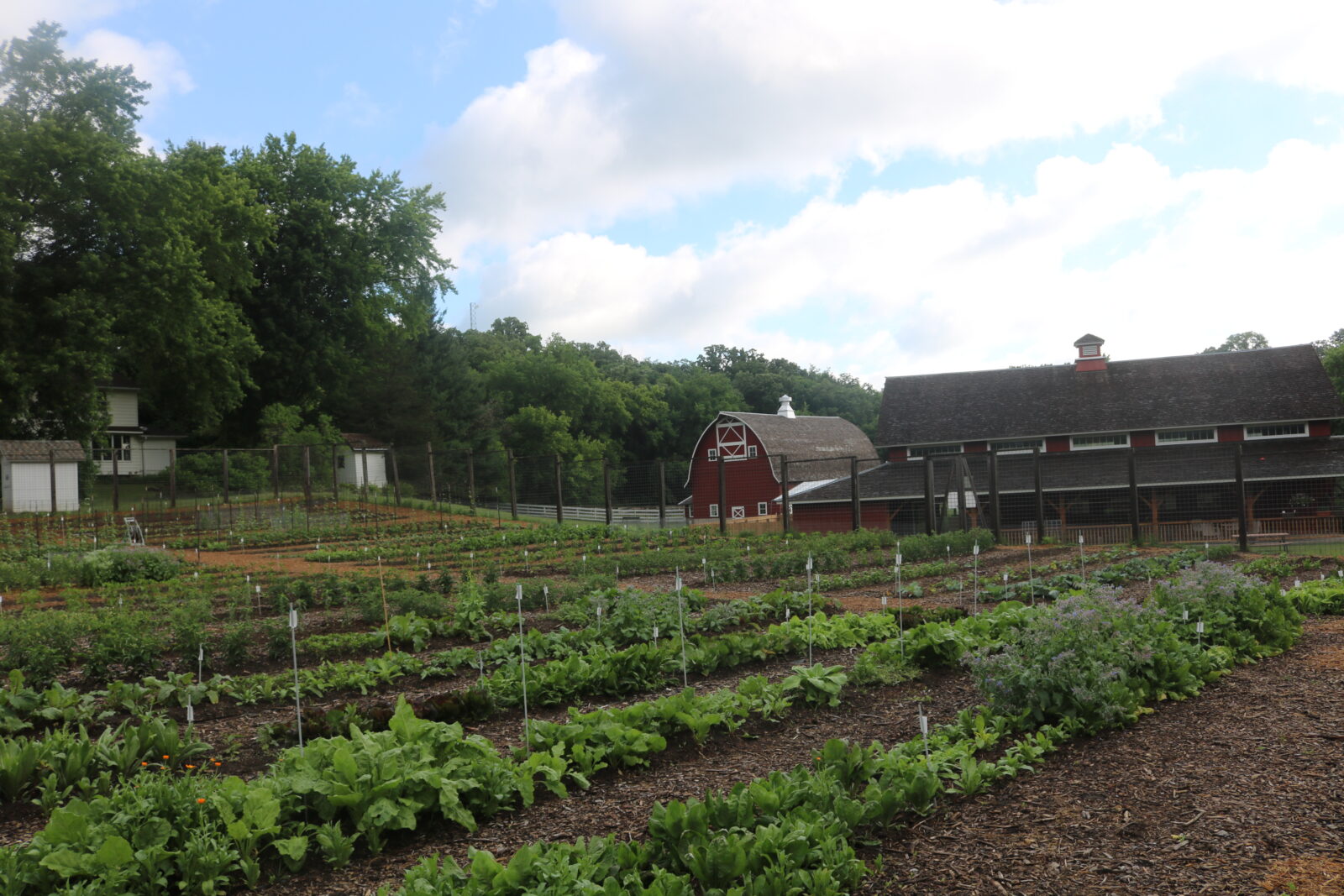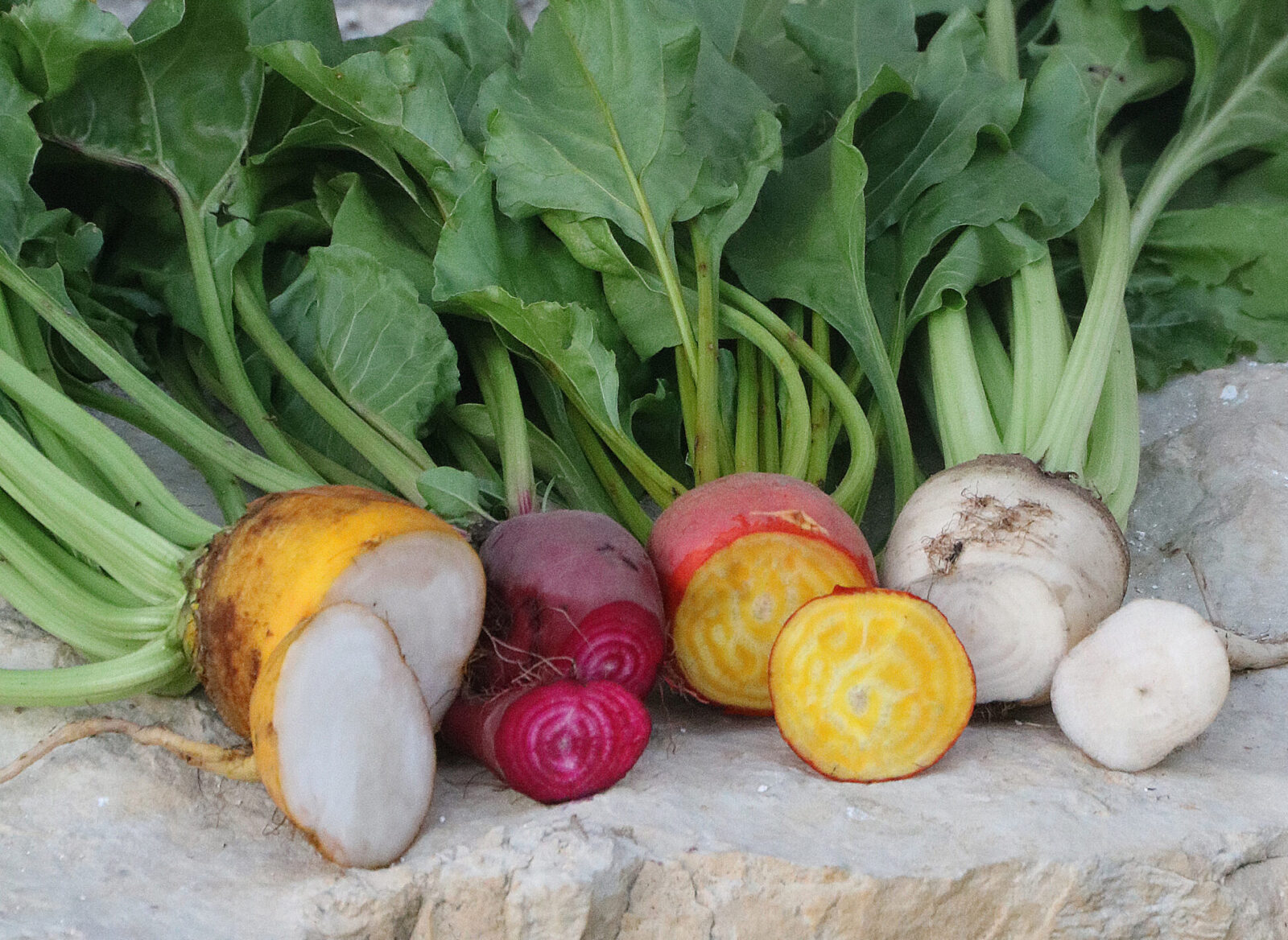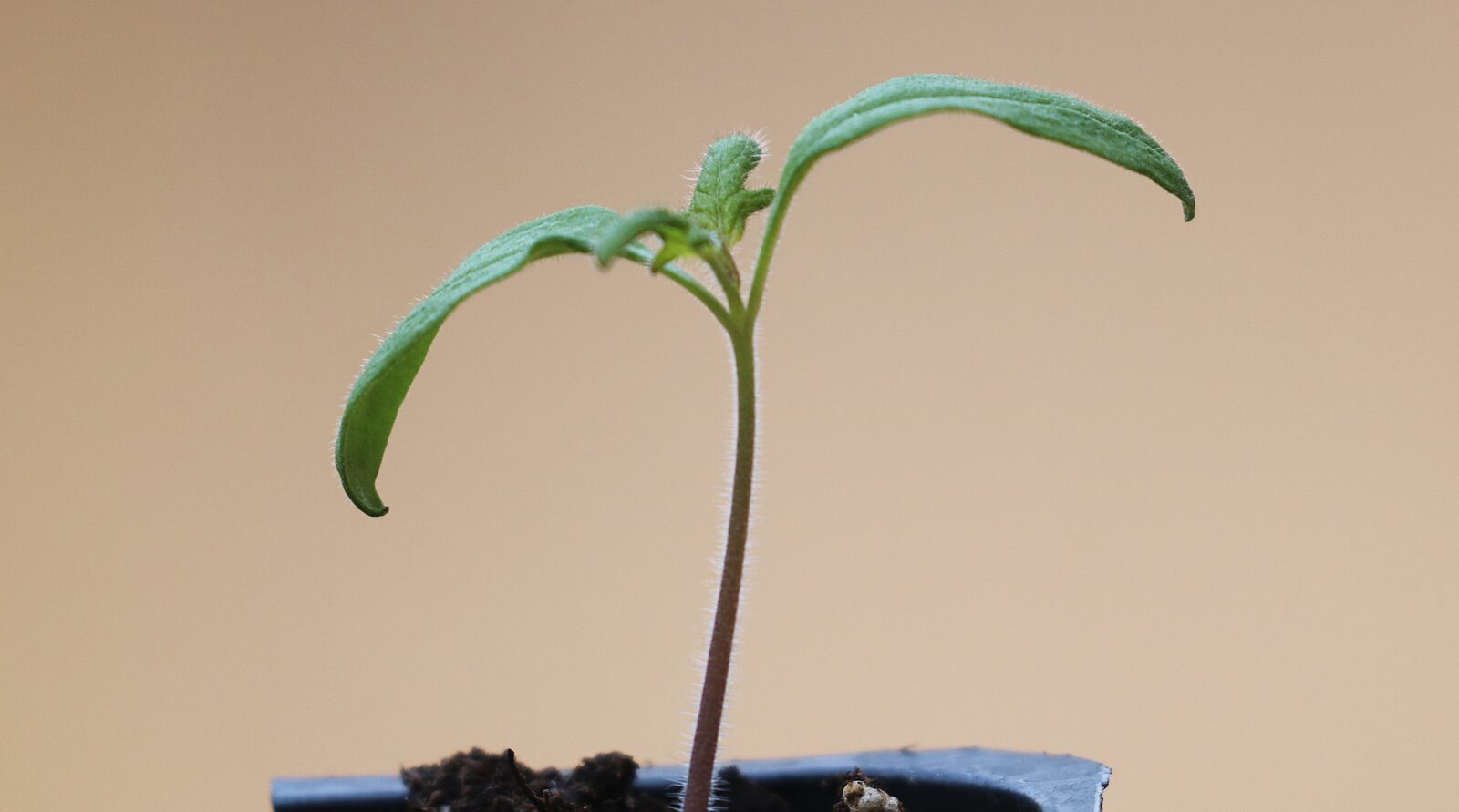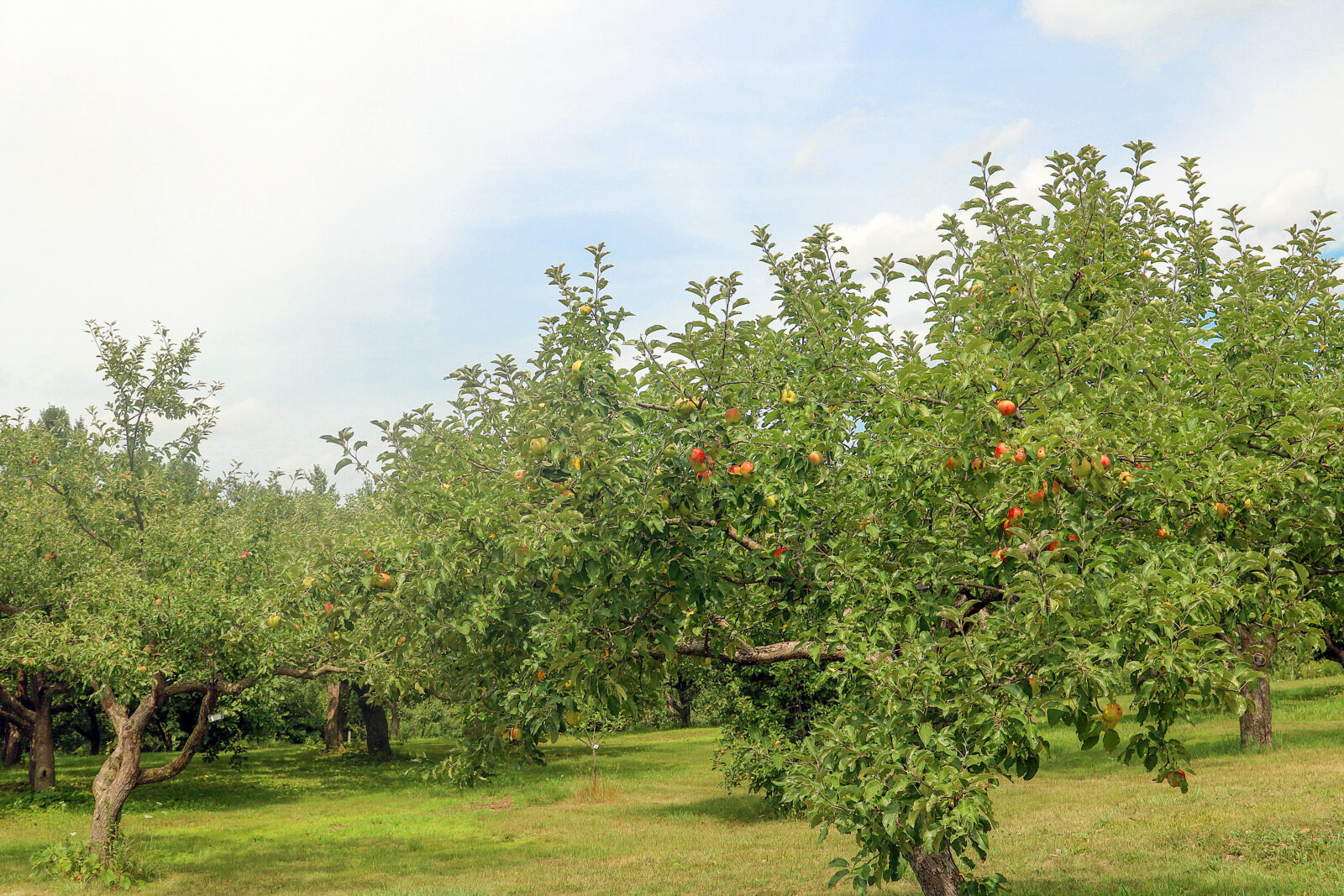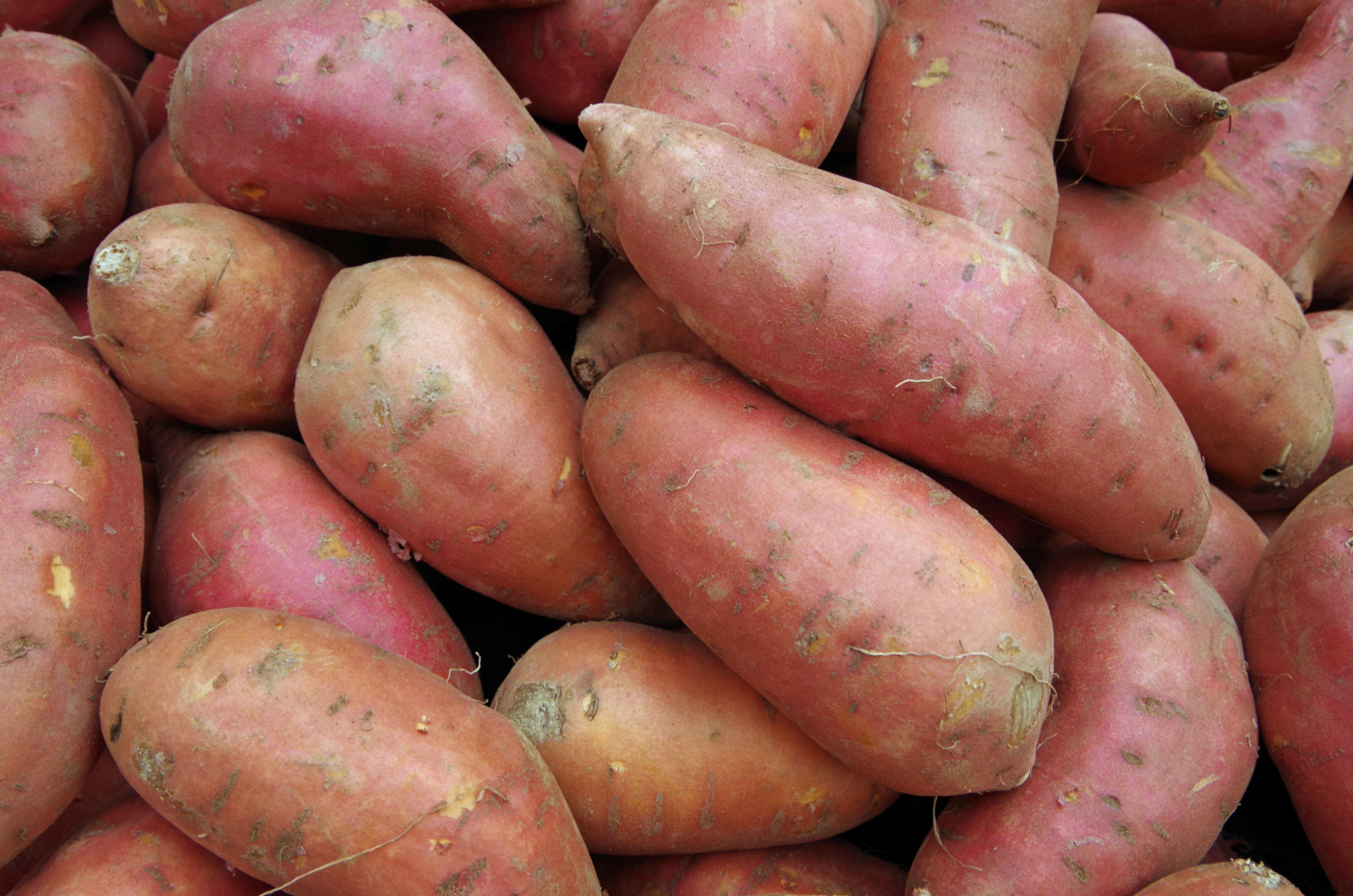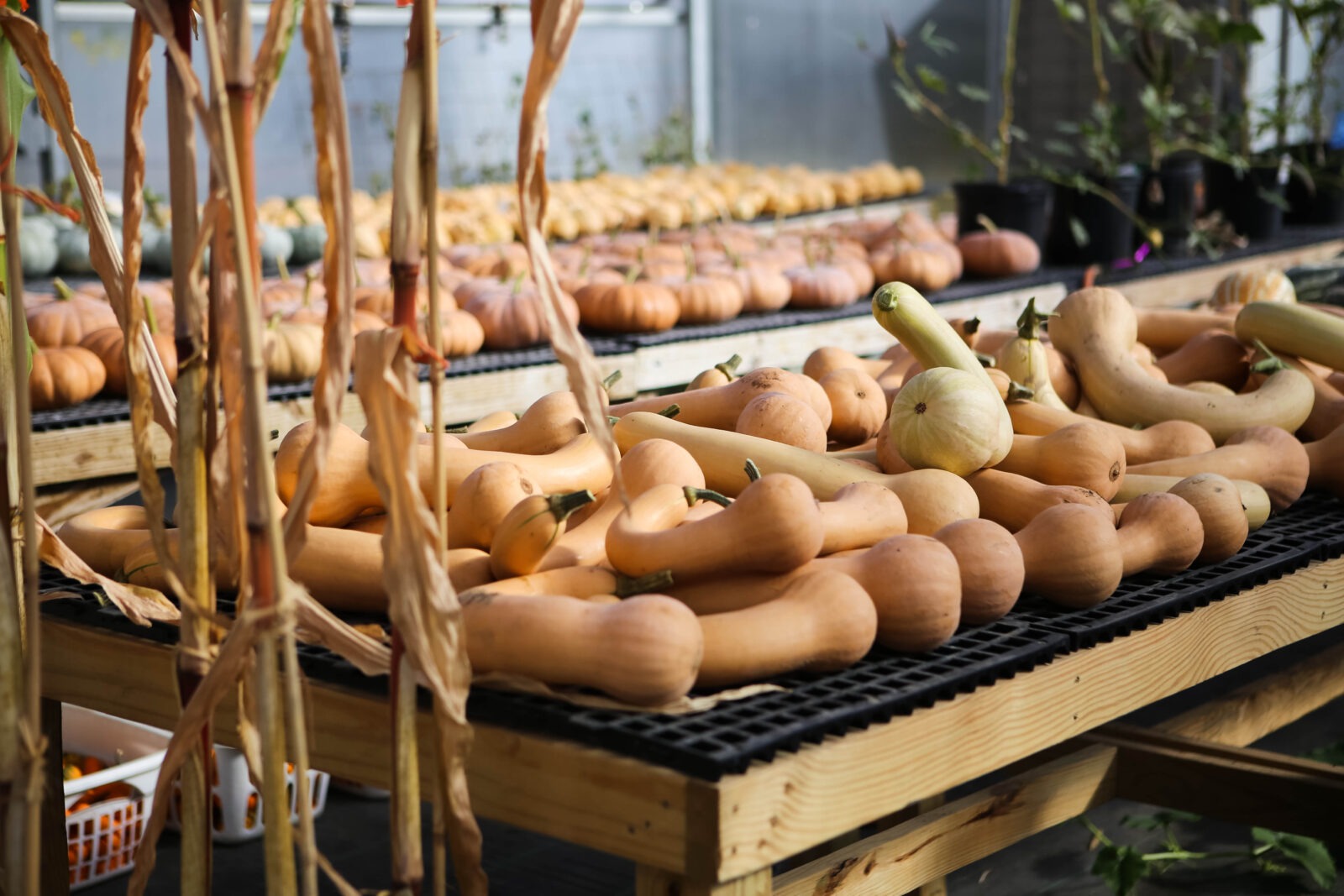
How to Store Winter Squash
For some folks, harvest season brings hours and hours of canning, freezing, and drying to preserve crops for the colder months ahead. But if you’re looking for a crop that stores well all on its own, look no further than winter squash! Winter squash are versatile, nutritious, and can store for months.
Read More